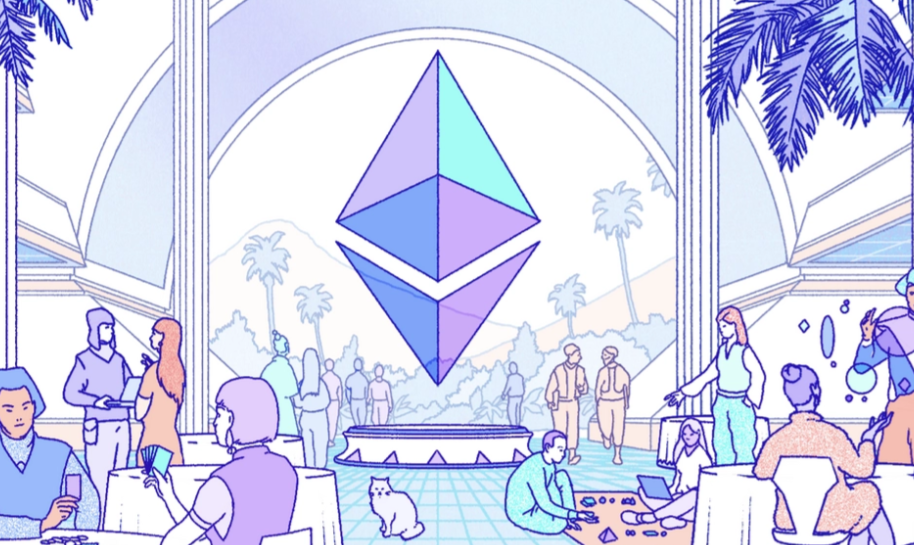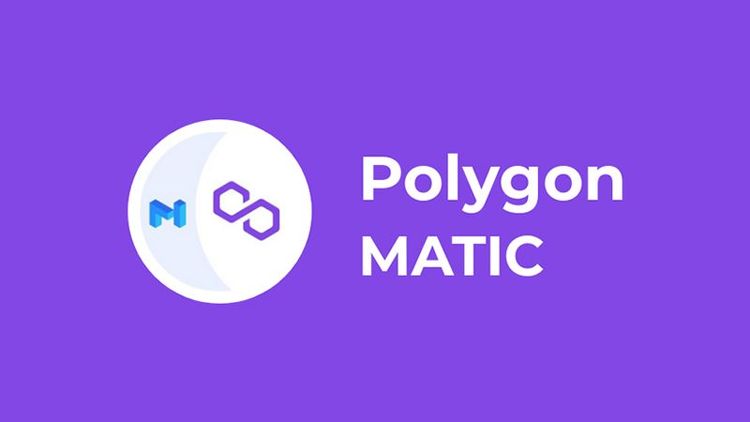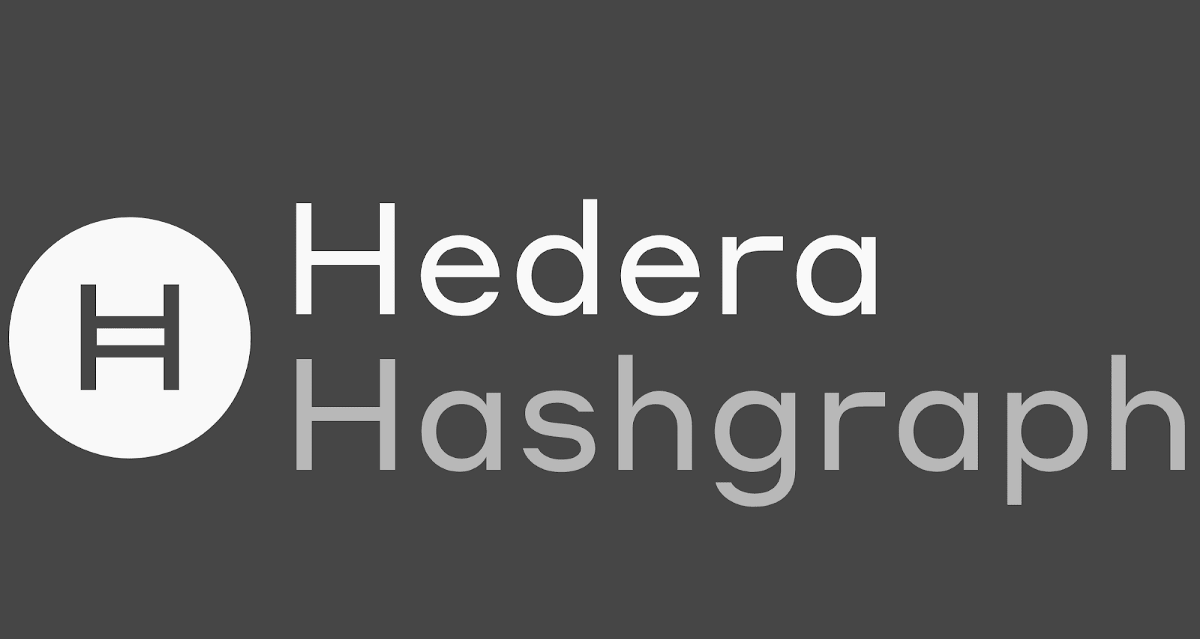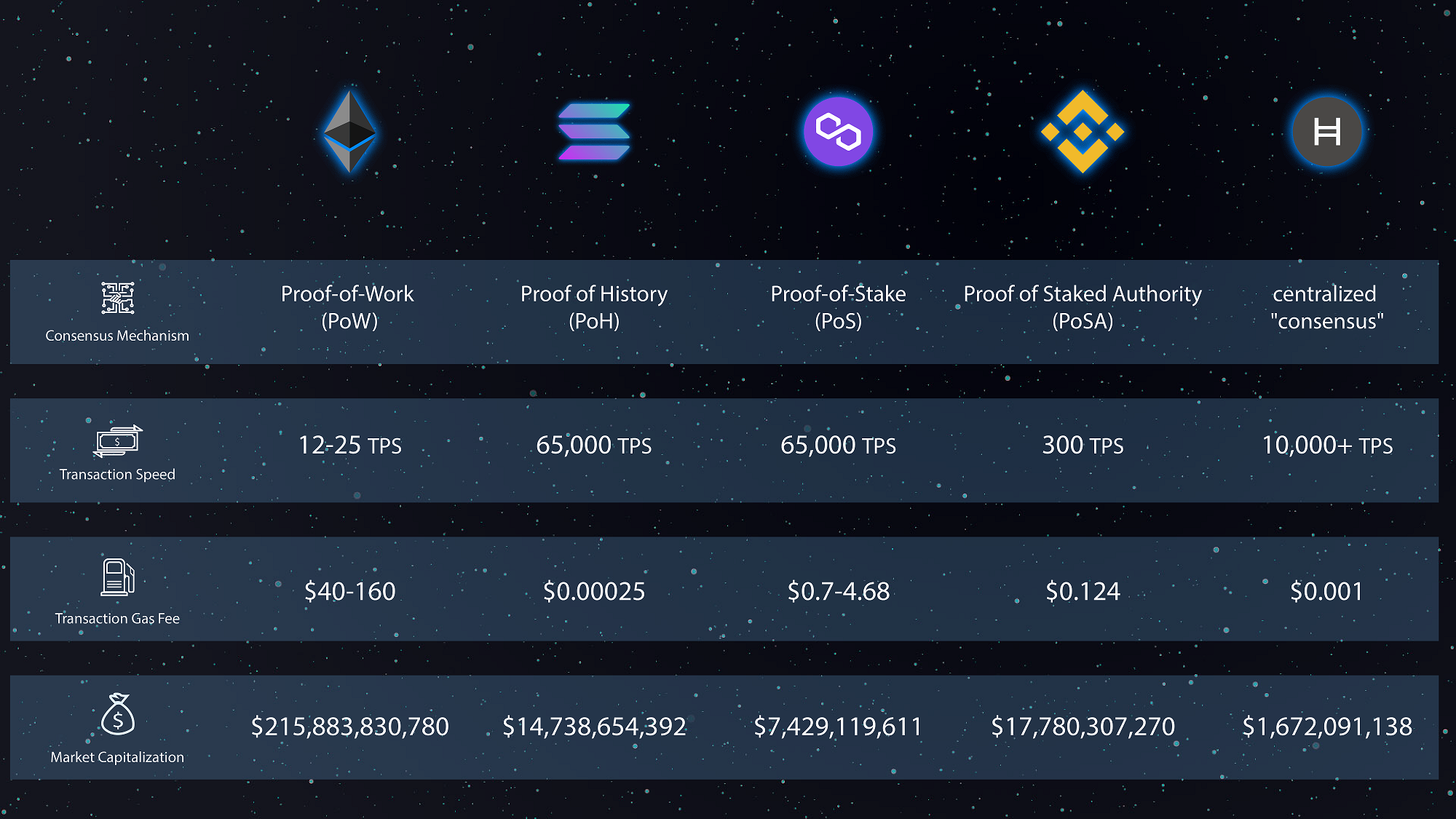What blockchain to choose for your NFT project?
Today there is a huge variety of blockchain technologies. All of them have their strengths and weaknesses. Not all blockchains are equally suited to such a thing as NFT.
We will help you with your NFT project!
Enough time has passed, and we can conclude which technologies are best suited for these purposes. Here we have selected five main ones most suitable for NFT use.
Ethereum

Ethereum is a decentralized blockchain platform and the second largest cryptocurrency in the world by capitalization. For those interested in Ethereum's capabilities and considering to buy ETH, it's important to understand its role and impact in the blockchain ecosystem. Ethereum creates a peer-to-peer network that securely executes and verifies application code and publicly builds and maintains a secure digital ledger called a smart contract. You can find a lot of Ethereum blockchain developers due to its popularity.
Advantages
- Ethereum is the most famous blockchain running NFTs, so more people are familiar with it.
- It has a functionality that allows you to organize NFT auctions, meaning the price of NFT may change independently from mint cost.
- All Ethereum transactions are highly secure.
Disadvantages
- It is not eco-friendly, as it uses PoW technology, which spends a lot of electricity on constant calculations.
- High commission fees for transactions and minting of tokens, since it is tied as a percentage to the market price, the higher it is, the more you have to pay.
- Poorly scalable and not designed for a large number of concurrent transactions.
- Slow transaction processing speed.
But, there is information about the upcoming new Ethereum 2.0 where all these problems will be resolved. So don't forget to take that into account.
Solana

Solana is the second most popular blockchain technology for minting NFT tokens. Created in 2017 but fully launched in 2020 is an open source project implementing a new high-performance permissionless blockchain.
Solana Blockchain is the main competitor of Ethereum in this field due to its blockchain architecture, which is well suited for creating decentralized applications (apps) and NFT.
Advantages
- Solana has a small commission fee for minting NFT tokens.
- It has a large scale of transaction processing. For example, the Solana network can theoretically process over 710,000 transactions (TPS).
- High transaction processing speed.
- Thanks to a good project layout, users do not need to deal with multiple segments or Tier 2 systems.
Disadvantages
- Due to a particular consensus, it is considered an incompletely decentralized blockchain platform.
- There are security concerns, which are also associated with a small number of system validators (there are about 1000 of them).
- This can be bugs, instability, and relatively unfinished functionality.
- It does not have a fixed supply of coins, which means that inflation is possible in the future, that is, the loss of the value of tokens, so the loss of NFT value too.
Polygon (MATIC)

Polygon is an offshoot of Ethereum that emerged as a response to the problem of scalability, speed, and transaction costs on Ethereum.
MATIC is an ERC-20 token, which means it is compatible with other Ethereum-based digital currencies. MATIC is used to manage and secure the Polygon network and pay network transaction fees.
Advantages
- A secure blockchain where transactions are carefully verified.
- Polygon is powerful and highly scalable due to its proof-of-stake consensus and collaboration with the Heimdall architecture.
- Through the use of multi-chain, the Polygon system can use Ethereum.
- Polygon has a fully customizable technology stack that offers users an experience similar to Ethereum.
Disadvantages
- It will probably lose its support and will no longer be available as the 2nd level of Ethereum.
- It may also lose ground if faster, more scalable, and more efficient solutions enter the market.
Binance Smart Chain

Binance Smart Chain(BSC) is a more advanced blockchain of Binance Chain(BC), which is its fork. It is designed for the efficient processing of smart contracts.
The main idea is to implement the ability to make smart contracts in a way that would not take up the bandwidth of the Binance Chain. To do this, Binance Smart Chain has compatible functionality with the Ethereum Virtual Machine(EVM).
Binance Smart Chain is a parallel independent network of forked blocks and is not a 2-tier network add-on like Polygon. We can build a blockchain project on Binance Smart Chain.
Advantages
- Cheaper transactions. Naturally, this indicator is always considered to be more than the leading competitor Ethereum. The price of Binance transactions is approximately stable and is roughly $0.15 per transaction.
- It has a fast-growing network with a large audience that already uses Binance products, so development and support are ensured in the future.
- Binance also has an advantage in the global market, as it explicitly translates its interfaces into other languages worldwide. This means that you can trade with a completely different market where there are not only English speakers.
Disadvantages
- The main disadvantage of BSC is centralization. In general, the main idea of blockchain systems is precisely decentralization and complete independence from one main "owner." But if people do not attach ideological goals but look at the blockchain as a financial instrument, this is not a problem.
Hedera Hashgraph

Hedera(HBAR) Hashgraph stands out from breaks out of the general row of previously described blockchains, as Hedera uses a unique Hashgraph technology.
The essence of Hashgraph technology is that it uses distributed ledger technology (DLT), thanks to which data is stored in hashes, not in blocks.
Hedera is the only public ledger to use Hashgraph consensus, a faster and more secure alternative to proof-of-work consensus mechanisms. It effectively verifies transactions on the Hedera network while providing the highest security standard to prevent malicious attacks. Our Hedera Hashgraph developers are highly skilled professionals.
Hedera does not have the usual consensus check. Instead, it has a check based on the gossip protocol and virtual votes.
Advantages
- Hedera makes speedy transactions and has low transaction fees, especially when compared to Ethereum.
- A new approach that makes transactions very secure and moderately fair. The new Hashgraph hash system is the main feature of this blockchain.
- Eco-friendly since the hash recording system does not require high energy costs, which means the environment is less affected.
Disadvantages
- Relatively low transaction throughput - namely 10 transactions per second.
- The main problem with this blockchain is centralization. There was a similar trip with the BSC above.
What blockchain criteria are important for NFT?

All of these blockchains are well suited for NFT minting, but you will most likely want to use only one specific one for your project.
To choose the best blockchain for your tasks, we have highlighted the essential characteristics of any blockchain technology that should be considered when selecting. And it is by these characteristics that we will compare the blockchain.
Consensus Mechanism
The consensus mechanism is what determines the main approach that a particular blockchain technology uses to confirm its transactions. In short, each blockchain must have nodes that verify the transaction and embed new records in the overall blockchain.
And in general, the consensus can be represented as a segment where, on the one hand, there is complete decentralization and requires a lot of energy, and on the other hand, a centralized system that has a small number of participants but at the same time, low energy costs.
- Ethereum has the most expensive and decentralized Proof-of-Work (PoW) consensus.
- Solana's consensus mechanism is more centralized and called Proof of History(PoH).
- Polygon uses its own special Proof-of-Stake(PoS).
- Binance Smart Chain uses Proof of Staked Authority(PoSA).
- Hedera uses Hashgraph, as we mentioned before, which is not a regular blockchain. In terms of centralization, it is a centralized "consensus."
Transaction Speed
Transaction speed is the time it takes to process one transaction on a particular blockchain. And obviously, this is an important indicator since it can show not only the processing speed of a specific operation but also indicate the further potential of the blockchain technology.
For example, suppose there is a speed margin for processing a large number of transactions. In that case, this means that many people will be able to use a specific blockchain, which means there will be a big online, which means popularity, and, therefore, further development.
So the blockchain will exist for a long time, making it sense to use it.
The market capitalization of a blockchain is the approximate value of a particular cryptocurrency multiplied by its market value. This indicator directly affects the popularity of a specific blockchain and the price per transaction or minting of new NFTs.
- Ethereum 12-25 TPS
- Solana 65,000 TPS
- Polygon 65,000 TPS
- Binance Smart Chain 300 TPS
- Hedera 10,000+ TPS
Transaction Gas Fee
This is a fee for operations carried out in this cryptocurrency, paid to the validators of these transactions. Validators or miners of blockchain technology are people who use computing power to calculate complex mathematical calculations, which are the confirmation of transactions.
It follows that the lower the commission in a cryptocurrency, the more profitable it is to use it for financial transactions, the creation of smart contracts, and NFT minting.
- Ethereum gas fee is $40-160
- Solana gas fee is $0.00025
- Polygon gas fee is $0.7-4.68
- Binance Smart Chain gas fee is $0.124
- Hedera gas fee is $0.001
Market Capitalization
The market capitalization of a blockchain is the approximate value of a particular cryptocurrency multiplied by its market value. This indicator directly affects the popularity of a specific blockchain and the price per transaction or minting of new NFTs.
- Ethereum current Market Capitalization - $215,883,830,780
- Solana current Market Capitalization - $14,738,654,392
- Polygon current Market Capitalization - $7,429,119,611
- Binance Smart Chain current Market Capitalization - $17,780,307,270
- Hedera current Market Capitalization - $1,672,091,138
Bottom line
As you can see, each blockchain has its own advantages and disadvantages. But today, you can't just take it and rely on dry numbers. Instead, your choice should be balanced, and you should consider the price and speed, what is behind them, and how others see this blockchain.
For instance, if you are going to do NFT about environmental protection, then making your project with a PoW consensus like on Ethereum is not the best solution. Or, if you are a crypto enthusiast and your audience is crypto-anarchists for whom the main thing is independence and decentralization, then Ethereum is your choice.
We, in turn, are experts in blockchain, NFT, and the development of smart contracts. So contact us, and we will help you create the best NFT solution for your needs.
We will help you with your NFT project!





